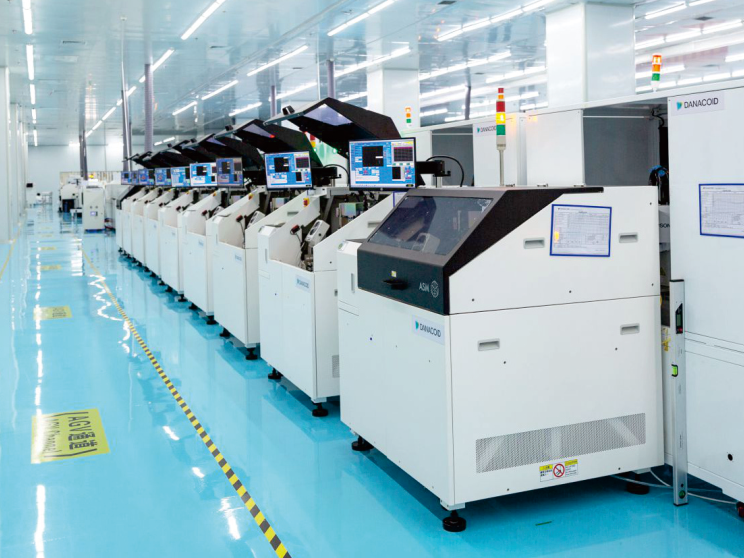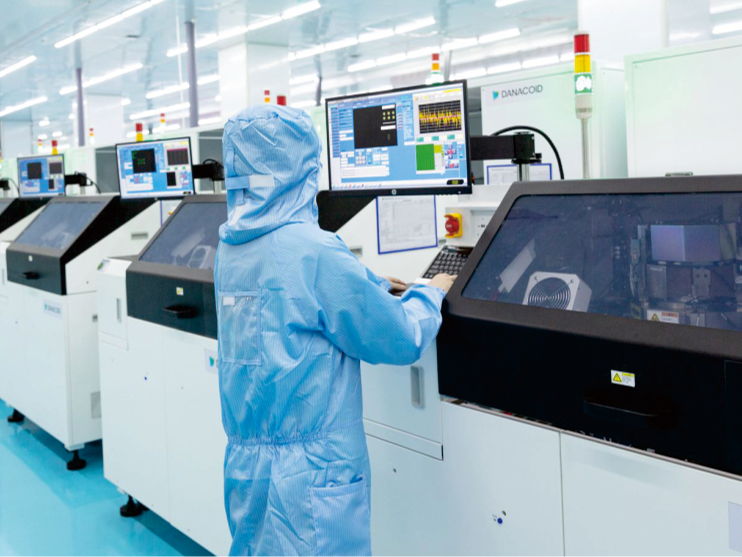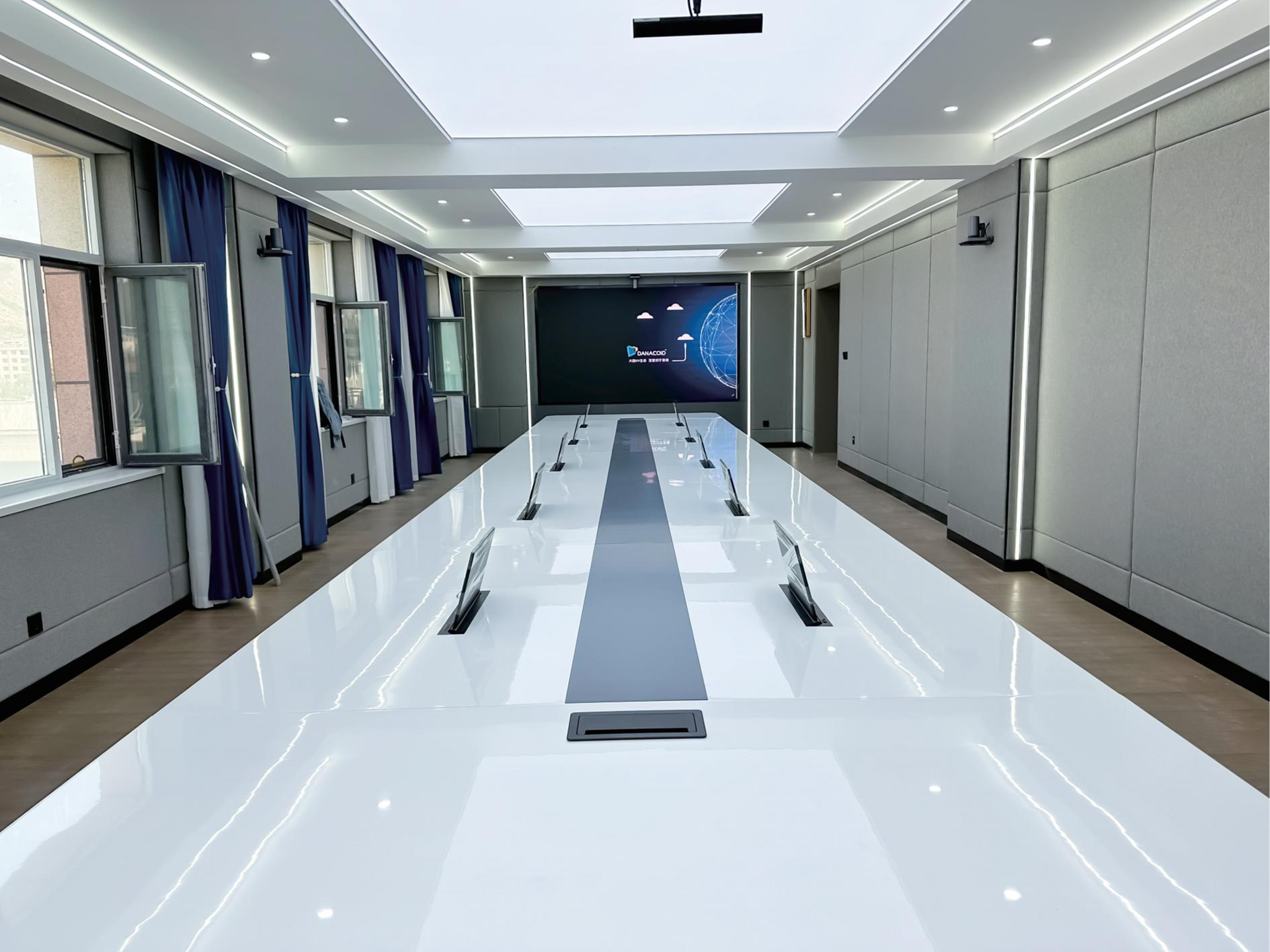Understanding Modern Loudspeaker Sound Systems
The world of audio has evolved dramatically since the first loudspeaker was invented in the 1920s. Today's loudspeaker sound system represents a sophisticated blend of engineering and acoustic science, delivering immersive audio experiences in homes, venues, and professional settings. Whether you're building a home theater, setting up a concert venue, or creating a professional recording studio, understanding the essential components of a loudspeaker sound system is crucial for achieving optimal sound quality.
A complete loudspeaker sound system is more than just speakers - it's an intricate network of components working in harmony to produce clear, balanced, and powerful sound. Each element plays a vital role in the transformation of electrical signals into the rich, dynamic audio that reaches our ears. Let's explore these components in detail and understand how they work together to create the perfect audio experience.
Core Components of Audio Reproduction
The Heart of Sound: Drivers and Speaker Units
At the foundation of any loudspeaker sound system are the drivers - specialized transducers that convert electrical energy into sound waves. Different types of drivers handle specific frequency ranges: tweeters manage high frequencies, midrange drivers handle middle frequencies, and woofers produce low frequencies. Some systems also include subwoofers for ultra-low frequencies that create that deep, resonant bass we feel in our bodies.
The quality and configuration of these drivers significantly impact the overall sound performance. High-end loudspeaker sound system designs often feature multiple drivers carefully arranged to ensure optimal sound dispersion and frequency response. The materials used in driver construction - from lightweight titanium to rigid ceramic compounds - also play a crucial role in sound quality and durability.
Crossover Networks: The Sound Traffic Controllers
Crossover networks act as traffic controllers in a loudspeaker sound system, directing different frequencies to the appropriate drivers. These sophisticated circuits ensure that high frequencies reach the tweeters while low frequencies are sent to the woofers. Without proper crossover design, the sound would become muddled and unclear.
Modern crossover networks employ advanced filtering techniques and premium components to maintain signal integrity and minimize distortion. The design of these networks requires careful consideration of frequency cutoff points, phase alignment, and impedance matching to achieve seamless integration between drivers.
Power and Signal Processing
Amplification: Driving the System
Amplifiers are the powerhouse of any loudspeaker sound system, providing the necessary electrical energy to drive the speakers. The type and quality of amplification directly affects sound quality, volume capability, and overall system performance. Modern amplifiers come in various configurations, from traditional Class AB designs to efficient Class D implementations.
Proper amplifier matching is crucial for optimal performance. An underpowered amp can lead to distortion and potential damage, while excessive power can destroy speakers if not properly controlled. Professional loudspeaker sound system installations often utilize multiple amplifiers, each dedicated to specific frequency ranges or speaker zones.
Digital Signal Processing (DSP)
Digital Signal Processing has revolutionized modern loudspeaker sound system design. DSP units provide precise control over various audio parameters, including equalization, time alignment, and room correction. These digital tools help overcome acoustic challenges and optimize system performance for specific environments.
Advanced DSP features like feedback suppression, limiting, and automated room calibration have become essential in professional sound installations. These technologies ensure consistent performance across different venues and listening conditions while protecting the system from damage.
Enclosure Design and Acoustics
Cabinet Construction and Materials
The enclosure or cabinet housing the drivers is far more than just a box. Its design, materials, and construction significantly influence sound quality. Premium loudspeaker sound system cabinets utilize specialized materials and construction techniques to minimize unwanted resonances and optimize acoustic performance.
Internal bracing, dampening materials, and port design are carefully calculated to enhance bass response and reduce distortion. The shape and size of the enclosure are engineered to control sound dispersion and manage back waves from the drivers.
Room Acoustics and Placement
Even the most sophisticated loudspeaker sound system must work within the constraints of room acoustics. The interaction between speakers and the listening environment dramatically affects sound quality. Proper speaker placement, room treatment, and acoustic optimization are essential for achieving the best possible performance.
Professional installations often include acoustic treatments like diffusers, absorbers, and bass traps to manage reflections and standing waves. The goal is to create a controlled listening environment that allows the loudspeaker sound system to perform at its best.
Frequently Asked Questions
How important is speaker impedance in a loudspeaker sound system?
Speaker impedance is crucial as it affects the compatibility between speakers and amplifiers. Most home speakers are rated at 8 ohms, while professional systems might use 4 ohm or mixed impedance designs. Proper impedance matching ensures optimal power transfer and prevents damage to both speakers and amplifiers.
What role does speaker sensitivity play in system design?
Speaker sensitivity, measured in dB per watt at one meter, determines how efficiently a speaker converts power into sound. Higher sensitivity means more volume from less power, making it an important consideration when matching speakers with amplifiers and designing systems for specific applications.
How do bi-amping and tri-amping benefit a loudspeaker sound system?
Bi-amping and tri-amping use separate amplifiers for different frequency ranges, providing better power distribution and control over each frequency band. This configuration can improve overall system performance by reducing intermodulation distortion and allowing optimized amplification for each driver type.









